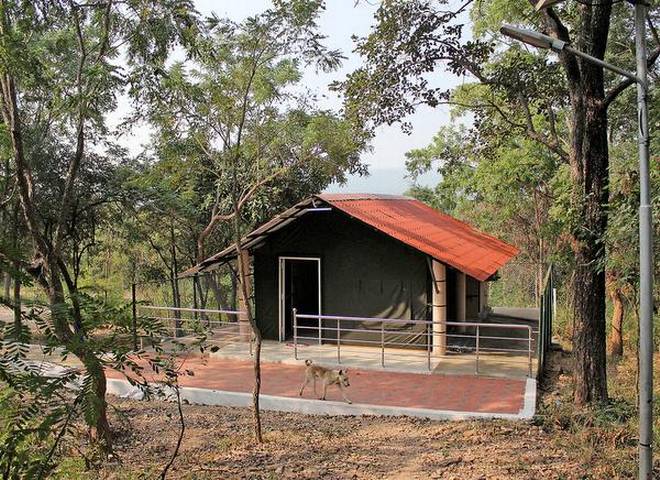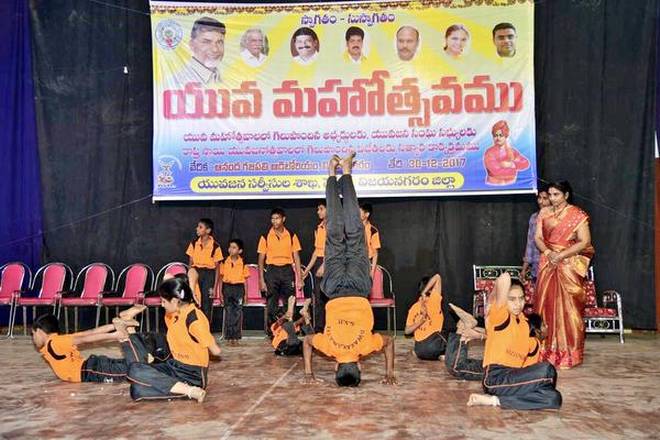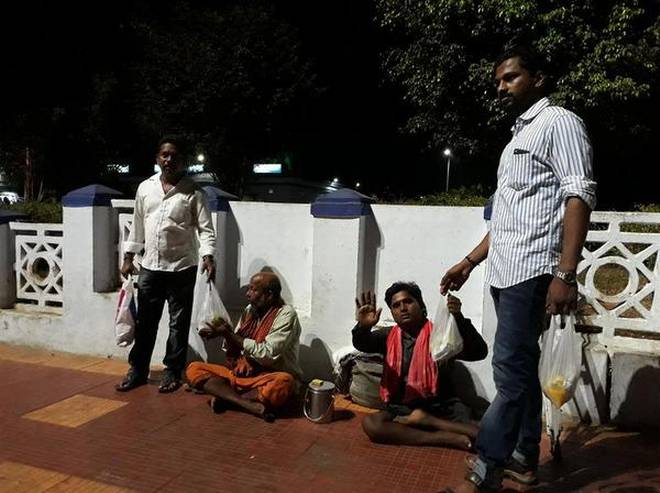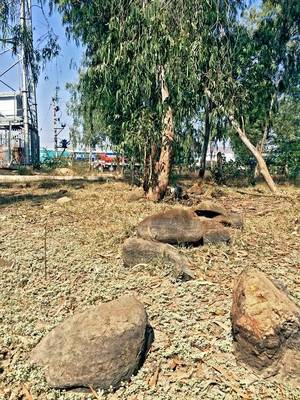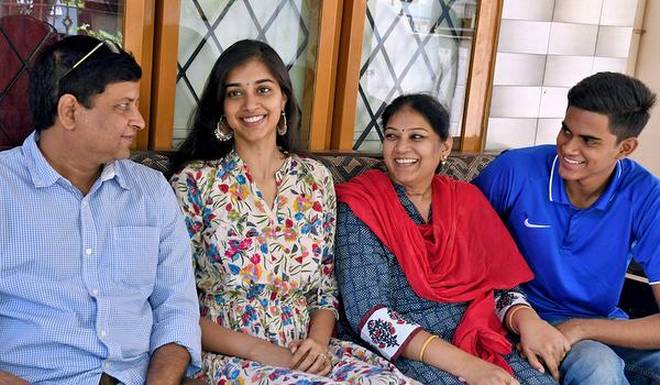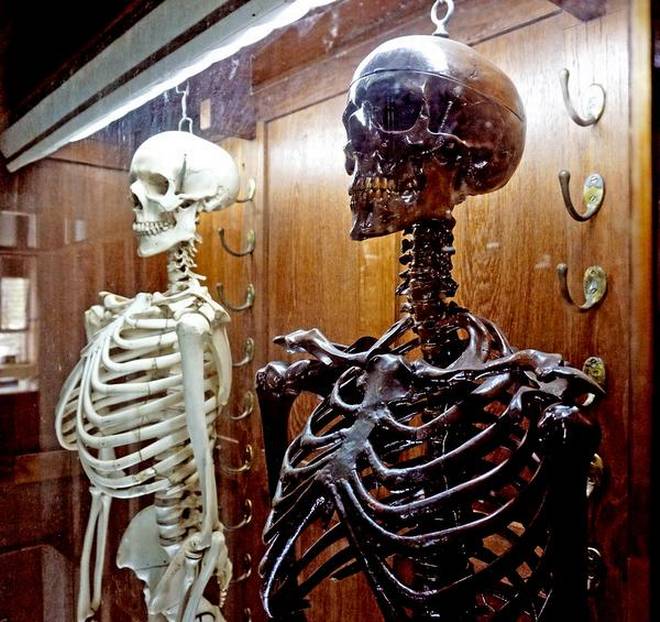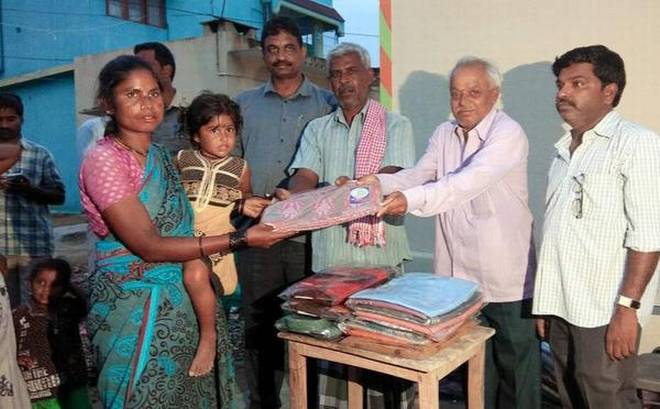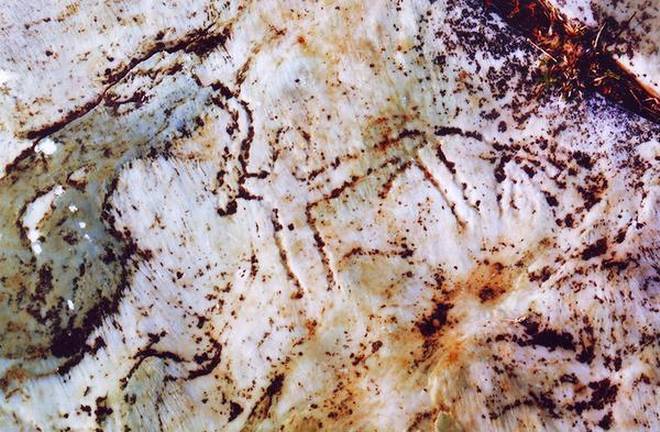
Freelance archaeologist discovers it on the banks of the Naguleru
A pre-historic rock art site discovered in the vast expanse of limestone blocks on the eastern banks of Naguleru near Dachepalli has thrown light on the Neolithic civilisation that flourished in Guntur during 1500-2000 BC.
The site, unearthed by freelance archaeologist Kadiyala Venkateswara Rao at Kesanapalli village in Dachepalli mandal, has excited archaeologists and is expected to trigger further excavations.
“The rock art site on natural lime stone is the first of its kind in the country. The motifs in the form of engraving, pecking and brushing throw fascinating insights into the social and cultural practices of ancient civilisations,” Mr. Rao told The Hindu on Tuesday.
What has made archaeologists look up this latest discovery is the dexterity with which early human was able to engrave different animal motifs like fish, snake, peacock, eagle, bull and scorpion on limestone blocks.
One petroglyph shows an anthropomorphic figure with its head in between the two hands.
Another engraving shows a warrior holding a sword and a shield, indicating the practices during Iron Age.
Rock art motifs
Mr. Rao, on a trail of discovering ancient sites, also stumbled upon a series of rock art motifs in front of an old-age home located on the left side of the path leading to the river.
“It is quite interesting to find a rare and mythical oval-shaped labyrinth engraving with multi circles by the side of cultic motifs. The labyrinth is a mythical and sacred symbol of the early pre-historic times,” said Mr. Rao, who had earlier discovered a huge rock art labyrinth painting in Kolimeru cave on the top of a hill in East Godavari district.
The region in later years was also synonymous with the flourishing of Buddhism.
A stupa established on the pre-historic rock art site during during 1-2 BC, was unearthed during excavations by the Department of Archaeology and Museums in 1969.
source: http://www.thehindu.com / The Hindu / Home> News> States> Andhra Pradesh / by P. Samuel Johnson / Guntur – April 18th, 2018
